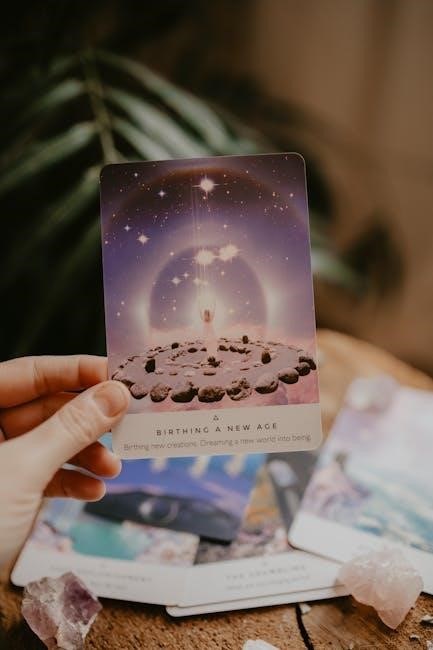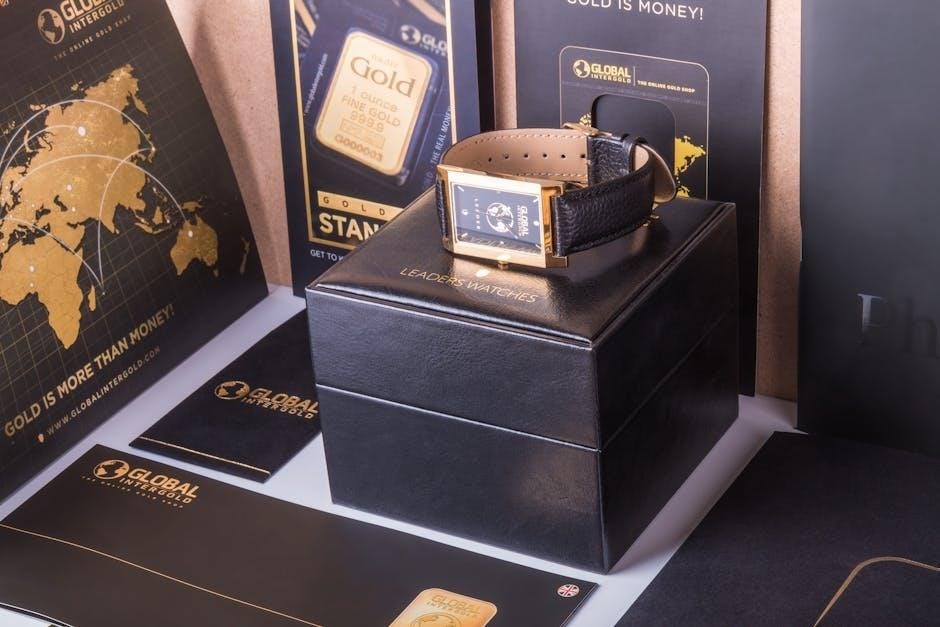What are Boat Trailer Guide Post Lights?
Boat trailer guide post lights are essential accessories. They assist boaters in aligning their boats correctly onto the trailer, especially in low-light conditions. These lights provide visual cues, ensuring safe and straightforward loading.
What are Boat Trailer Guide Post Lights?
Boat trailer guide post lights are vertical markers mounted on a boat trailer. They are typically positioned towards the rear, near where the boat’s transom rests when loaded. Their primary function is to provide visual assistance when loading a boat onto the trailer, particularly in challenging conditions such as darkness, inclement weather, or strong currents. They act as a clear target, helping the boater align the boat correctly and prevent it from drifting off the sides during the loading process.
These lights often feature reflective materials or integrated LED lights to enhance visibility. This is especially crucial during nighttime or early morning launches and retrievals. The guide posts themselves are usually made from durable, flexible materials like PVC or composite. This allows them to withstand impacts from the boat without causing damage. Some models are even designed with adjustable height and width to accommodate different boat sizes and trailer configurations.
Why are Guide Post Lights Important?
Guide post lights are essential for several reasons, significantly enhancing the safety and ease of boat loading. Primarily, they provide crucial visual cues, especially in low-light or challenging weather conditions. These lights act as a clear target, helping boaters align their vessels accurately onto the trailer, minimizing the risk of misalignment and potential damage to the boat or trailer.
Moreover, guide post lights are particularly beneficial for solo boaters. They offer a reliable reference point. This eliminates the need for constant adjustments and reduces the likelihood of the boat drifting sideways. By preventing misalignment, guide post lights also help protect the trailer’s structure, reducing wear and tear on the bunks or rollers. This leads to fewer maintenance issues and extends the lifespan of the trailer. Ultimately, investing in guide post lights translates to safer, more efficient, and stress-free boating experiences.
Types of Boat Trailer Guide Post Lights
LED guide post lights are favored for their brightness and energy efficiency. They offer superior visibility and extended lifespans compared to traditional bulbs, enhancing safety during boat loading.
LED Guide Post Lights
LED guide post lights are a popular choice for boat trailers due to their numerous advantages. These lights are known for their exceptional brightness, providing clear visibility even in dark or foggy conditions. This enhanced visibility significantly improves safety during boat loading and unloading, especially at night or in adverse weather. LEDs also consume less power than traditional bulbs, making them more energy-efficient and extending the battery life of your trailer.
LED lights boast a significantly longer lifespan compared to incandescent bulbs, reducing the need for frequent replacements and saving you money in the long run. Their durability and resistance to vibrations and impacts make them ideal for the demanding environment of boat trailers. Many LED guide post lights are also waterproof or water-resistant, ensuring reliable performance even when submerged in water. Installation is typically straightforward, with options for various mounting configurations to suit different trailer designs. Overall, LED guide post lights offer a combination of brightness, energy efficiency, durability, and longevity, making them a worthwhile investment for any boater.
Non-LED Guide Post Lights
Non-LED guide post lights, typically using incandescent or halogen bulbs, serve as a more traditional and often more affordable option for boat trailer illumination. While they may not offer the same level of energy efficiency or lifespan as their LED counterparts, they still provide adequate visibility for guiding your boat onto the trailer, especially in moderately lit conditions. Incandescent bulbs produce a warm, familiar light that some boaters may prefer.
However, it’s important to consider the drawbacks of non-LED options. They consume more power, which can strain your trailer’s electrical system and require more frequent bulb replacements due to their shorter lifespan. They are also more susceptible to damage from vibrations and impacts, common occurrences during trailering. While initial cost is lower, the long-term expenses related to bulb replacements and higher energy consumption should be factored in. Furthermore, incandescent bulbs generate more heat, potentially posing a safety concern if not properly shielded. Despite these limitations, non-LED guide post lights can still be a viable option for budget-conscious boaters who don’t require the superior performance of LEDs.
Factors to Consider When Choosing Guide Post Lights
Selecting the right guide post lights involves considering brightness, durability, and ease of installation. Evaluate weather resistance, mounting options, and wiring to ensure optimal performance and longevity for your specific boating needs.
Brightness and Visibility
Brightness and visibility are paramount when selecting boat trailer guide post lights. The primary function of these lights is to provide a clear visual aid for aligning your boat onto the trailer, especially during nighttime or low-light conditions. Adequate brightness ensures that the guide posts are easily visible, allowing you to accurately position your boat and avoid potential damage to both the boat and the trailer.
Consider the lumen output of the lights, as this directly correlates with their brightness. LED lights are often preferred due to their high lumen output and energy efficiency. Additionally, evaluate the color of the light emitted. Amber or white lights are commonly used, as they offer excellent visibility without causing excessive glare. Ensure that the lights are visible from a wide range of angles, allowing you to see them from different positions while maneuvering your boat.
Reflectors can further enhance visibility, particularly when the lights are not illuminated. Choose guide post lights with built-in reflectors or consider adding reflective tape to the posts for increased safety.
Durability and Weather Resistance
Durability and weather resistance are critical factors to consider when choosing boat trailer guide post lights. These lights are constantly exposed to harsh marine environments, including saltwater, sunlight, and fluctuating temperatures. Therefore, selecting lights constructed from robust, corrosion-resistant materials is essential for longevity and reliable performance.
Look for guide post lights made from materials like marine-grade stainless steel, durable plastics, or powder-coated metals. These materials offer excellent protection against rust, corrosion, and UV damage. Ensure that the lights are waterproof or water-resistant to prevent damage from submersion or splashing. Sealed lenses and watertight connections are crucial for preventing moisture from entering the light fixtures.
Consider the overall construction of the guide post lights. Look for sturdy mounting brackets and impact-resistant lenses. The lights should be able to withstand the vibrations and shocks associated with trailering. Investing in high-quality, durable guide post lights will save you money in the long run by reducing the need for frequent replacements.
Installation and Mounting Options
When selecting boat trailer guide post lights, consider the installation and mounting options available. Different trailers have varying frame designs, so choose lights that offer versatile mounting solutions to ensure compatibility. Common mounting options include bolting, clamping, or using U-bolts to secure the lights to the trailer frame.
Ensure that the mounting hardware is made from corrosion-resistant materials to withstand the marine environment. Consider the adjustability of the mounting brackets. Adjustable brackets allow you to position the lights at the optimal height and width for your boat, improving visibility and guidance during loading.
Some guide post lights come with pre-drilled holes for easy installation, while others may require drilling. If drilling is necessary, use caution to avoid damaging the trailer frame. Consider the ease of installation when making your selection. Lights that are simple to install can save you time and money on professional installation fees. Always follow the manufacturer’s instructions for proper installation.
Wiring and Electrical Connections
Proper wiring and electrical connections are crucial for boat trailer guide post lights to function correctly and safely. Ensure the lights are compatible with your trailer’s electrical system. Most boat trailers use a standard 4-pin wiring harness. However, some may require a 5-pin or 7-pin connector for additional functions like reverse lights or electric brakes.
Use waterproof connectors and marine-grade wiring to protect against corrosion and water damage. Secure all wiring connections to prevent them from coming loose during transit. Route the wiring along the trailer frame, away from moving parts and sharp edges. Use zip ties or clamps to keep the wiring organized and prevent it from dragging on the ground.
Test the lights after installation to ensure they are working correctly. Check the brightness and visibility of the lights from different angles. If the lights do not work, check the wiring connections and fuses. Consider using a professional electrician for the wiring if you are not comfortable working with electrical systems.
Installation Guide for Boat Trailer Guide Post Lights
Installing guide post lights requires basic tools and materials. Essential items include a wrench, screwdriver, wire stripper, electrical tape, and the guide post light kit itself. Ensure everything is marine-grade.
Tools and Materials Required
Proper installation of boat trailer guide post lights hinges on having the right tools and materials. You’ll need a set of wrenches and sockets to tighten bolts securely. A screwdriver (both Phillips head and flathead) will be necessary for various connections. Essential electrical tools include wire strippers, crimpers, and a multimeter for testing connections.
For mounting the lights, gather U-bolts, mounting brackets, and stainless steel hardware. Consider the size and type of your trailer frame to ensure compatibility. Waterproof connectors and electrical tape are crucial for protecting wiring from corrosion.
Don’t forget safety gear, such as gloves and safety glasses. A drill with appropriate bits may be needed for certain mounting configurations. Lastly, have a detailed wiring diagram handy to guide your connections. Having these tools prepared streamlines the installation process and ensures a professional finish.
Step-by-Step Installation Process
Begin by assembling the mounting brackets and U-bolts loosely onto your trailer frame. Position the brackets towards the rear, near where the boat’s transom rests. Determine the ideal height for the guide posts, ensuring they extend above the waterline when the boat is loaded. Secure the mounting brackets, but leave enough play for adjustments.
Next, connect the wiring. Run the wires from the guide post lights to the trailer‘s existing wiring harness. Use waterproof connectors and electrical tape to protect against moisture. Test the connections with a multimeter to confirm proper function. Ensure the lights are securely mounted and aligned.
Finally, tighten all bolts and hardware. Double-check the wiring connections. Test the lights one last time before launching your boat. Make any necessary adjustments to the guide posts for optimal alignment. With these steps completed, your boat trailer is ready to go.
Maintenance and Troubleshooting
Regular maintenance is crucial for boat trailer guide post lights. Inspect lights frequently for damage or corrosion. Address wiring issues promptly. Replace bulbs as needed. Ensure proper grounding to prevent electrical problems.
Regular Inspection and Cleaning
Regular inspection and cleaning are paramount for maintaining the functionality and longevity of your boat trailer guide post lights. Make it a routine to check your lights before and after each boating trip. Look for any signs of physical damage, such as cracks in the lens or damage to the posts themselves. These issues can compromise the light’s visibility and structural integrity.
Cleaning is equally important. Saltwater, dirt, and debris can accumulate on the lights, reducing their brightness and clarity. Use a soft cloth and mild soap to gently clean the lenses and posts. Avoid using harsh chemicals or abrasive materials, as they can scratch or damage the surfaces.
Pay close attention to the wiring connections during your inspection. Ensure that all connections are secure and free from corrosion. If you notice any corrosion, clean the connections with a wire brush and apply a dielectric grease to prevent future corrosion. Properly maintained lights ensure safer boat loading.
Troubleshooting Common Issues
Even with regular maintenance, issues can arise with your boat trailer guide post lights. One common problem is that the lights may fail to illuminate. Start by checking the power source and ensuring that the trailer wiring is properly connected to your vehicle. Examine the fuses and replace any that are blown. If the wiring is intact and the fuses are good, the bulbs themselves may be faulty and need replacing.
Another common issue is intermittent flickering. This could indicate a loose connection or corrosion in the wiring. Inspect all connections and clean them thoroughly. If the flickering persists, the wiring may need to be replaced.
If the guide posts become misaligned, loosen the mounting hardware and reposition them. Ensure that they are securely tightened after adjustment.



Be the first to reply